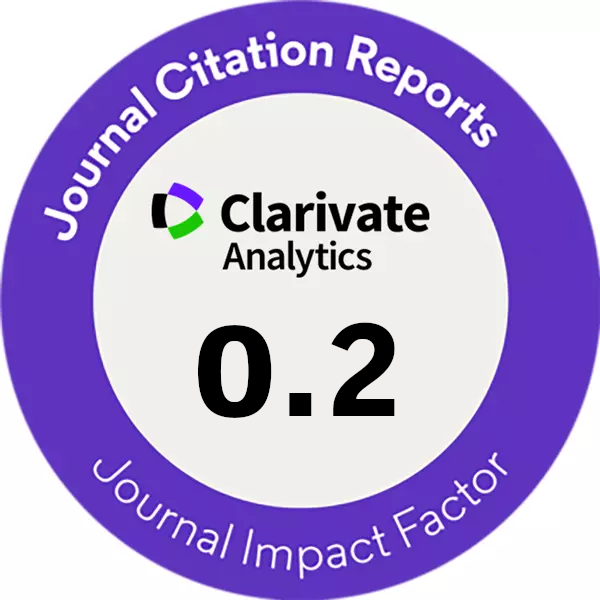IN-SITU TEST EXPERIMENTAL RESEARCH ON LEAKAGE OF LARGE DIAMETER PRE-STRESSED CONCRETE CYLINDER PIPE (PCCP)
DOI:
https://doi.org/10.14311/CEJ.2016.03.0012Keywords:
Large diameter pre-stressed concrete cylinder pipe; Leakage; In-situ Test; Fiber Bragg GratingAbstract
In recent years, a big number of large diameter pre-stressed concrete cylinder pipe (PCCP) lines have been applied to the Mid-route of the South-to-North Water Transfer Project. However, the leakage problem of PCCP causes annually heavy economic losses to our country. In such a context of situation, how to detect leaks rapidly and precisely after pipes appear cracks in water supply system has great significance. Based on the study and analysis of the characteristic structure of large diameter PCCP, a new leak detection system using fiber Bragg grating sensors, which can capture signals of water pressure change, is proposed. The feasibility, reliability and practicability of the system could be acceptable according to data achieved from in–situ tests. Moreover, the leak detection system can monitor in real-time of dynamic change of water pressure. The equations of the leakage quantity and water pressure have been presented in this paper, which can provide technical guidelines for large diameter PCCP lines maintenance.
Downloads
References
SHEN Jie, 2010. Experimental study on structure safety performance and theoretical analysis for large caliber PCCP.Nanjing Hydraulic Research Institute.
CHEN Yuchun, OUYANG Yue, XU Zhonghui, SHI Hongmei, 2008. Application of PCCP pipeline to emergency water supply project (Beijing Section) for Beijing-Shijiazhuang Section in Mid-route of South-to-North Water Transfer Project. Water Resources and Hydropower Engineering, vol.39(5):51-55.(in Chinese)
TENG Haiwen, ZHANG Xiaojie, DAI Chunsheng, 2013. Analysis of effect of prestressed steel wire on the performance of PCCP.Special Structures, vol.30(5):37-40.(in Chinese)
HUShao-wei, 2011. The structure bearing theory and practice of safety evaluation of PCCP. China Water Power Press, pp. 1-19.(in Chinese)
MEI Songjun, KUANG Ke, QU Yonggang, 2012. Anti-leakage Emergency Treatment Measures of Joint Internal Slit of Prestressed Concrete Pipe. China Water & Wastewater, vol.28(14):1-5.(in Chinese)
CHEN Yong, WEN Xiaoying, LI Shenlong, LI Chen, 2012. Analysis on Key Technical Problems in Application of Large-diameter Prestressed Concrete Cylinder Pipe.China Water & Wastewater, vol. 28(8):1-5.(in Chinese)
ZHONG Depei, 2011. Joints Leak Analysis and Processing of the Prestressed Concrete Cylinder Pipe.Journal of Guangdong Technical College of Water Resources and Electric Engineering,vol. 9(3):5-8.(in Chinese)
HU Shao-wei, SEHN Jie, WANGDong-li, et al, 2010. The structure analysis and experimental research of large diameter pre-existing cracks concrete cylinder pipe. Journal of Hydraulic Engineering, vol.7:876-882.(in Chinese)
LING Qi, ZHOU Linhu, LIU Guanglin, CUI Gang, 2014. Study on the in situ leakage detection of the long-distance water transmission pipe with large diameter. Water & Wastewater Engineering, vol. 40(2):112-116.(in Chinese)
RI You, Hongbo Gong,2012. Steel-cylinder yielding analysis of PCCP with broken wires. Advanced Materials Research,503-504, pt.1819-1823,
CLARK B.L., 2014. From Underground to the Forefront of Innovation and Sustainability, Proceedings of the Pipeline 2014 Conference, HDR|Schiff, Claremont, CA, United States,pp. 256-266.
Ri You, Hongbo Gong, 2012. Failure analysis of PCCP with broken wires. Applied Mechanics and Materials, vol. 193-194, pt.2, pp.855-862
Ojdrovic, R. ,Bracken, M. Marciszewski, J., 2015. Evaluation of Acoustic Wave Based PCCP Stiffness Testing Results. Proceedings of the Pipelines 2015 Conference. Recent Advances in Underground Pipeline Engineering and Construction, Baltimore, MD, USA, pp.ss1150-1158.
Downloads
Published
Issue
Section
License
Copyright (c) 2023 Author

This work is licensed under a Creative Commons Attribution-NonCommercial 4.0 International License.
Authors who publish with this journal agree to the following terms:
- Authors retain copyright and grant the journal right of first publication with the work simultaneously licensed under a Creative Commons Attribution License that allows others to share the work with an acknowledgement of the work's authorship and initial publication in this journal.
- Authors are able to enter into separate, additional contractual arrangements for the non-exclusive distribution of the journal's published version of the work (e.g., post it to an institutional repository or publish it in a book), with an acknowledgement of its initial publication in this journal.
- Authors are permitted and encouraged to post their work online (e.g., in institutional repositories or on their website) prior to and during the submission process, as it can lead to productive exchanges, as well as earlier and greater citation of published work (See The Effect of Open Access).










